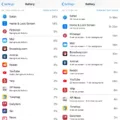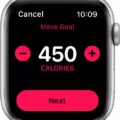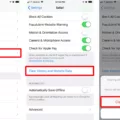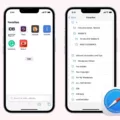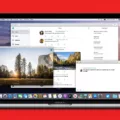Safari is a popular web browser used by millions of iPhone users worldwide. It offers a fast and seamless browsing experience, allowing users to access websites, search for information, and enjoy online content. However, there are instances when Safari may encounter issues, such as not being able to load web pages properly. In this article, we will explore the possible reasons behind this problem and provide some solutions to help you resolve it.
One of the first things you should check when Safari is not loading pages on your iPhone is your internet connection. Ensure that your device is connected to a stable and active internet connection. You can do this by checking the Wi-Fi or cellular data settings on your iPhone. If you’re using Wi-Fi, make sure you’re within range of the network and that the network is functioning properly. If you’re using cellular data, ensure that you have a strong signal and that you have sufficient data allowance.
If your internet connection is working fine, the next step is to reload the page you’re trying to access. Sometimes, a simple reload can resolve the issue. You can do this by tapping the refresh button on Safari or swiping down on the screen to refresh the page. If the page still doesn’t load, try clearing your browser cache and website data. This can be done by going to Settings > Safari > Clear History and Website Data. Keep in mind that doing this will remove your browsing history and website data, so make sure to take that into consideration.
Another potential culprit for Safari not loading pages on your iPhone is outdated software. It’s important to regularly update your device’s software, including the Safari browser. Software updates often include bug fixes and improvements that can address issues like page loading problems. To check for software updates, go to Settings > General > Software Update. If an update is available, follow the on-screen instructions to install it. After updating, restart your iPhone and try loading the page again.
Sometimes, Safari extensions can interfere with the browser’s functionality and cause pages not to load properly. To check if this is the case, you can disable or remove any installed extensions. Go to Settings > Safari > Extensions and turn off or uninstall any extensions you have enabled. Once done, relaunch Safari and see if the page loading issue is resolved.
If the problem persists, you can try loading the page in a private window. Private browsing mode disables extensions and certain website features that may be causing conflicts. To open a private window in Safari, tap the tab icon at the bottom-right corner of the screen, then select “Private” in the bottom-left corner. From there, try accessing the problematic page and see if it loads correctly.
Checking your Safari settings is another step you can take to troubleshoot the issue. Go to Settings > Safari and ensure that JavaScript is enabled, cookies are allowed, and content blockers are turned off. These settings can affect how Safari loads and displays web pages, so making sure they are configured correctly can help resolve the problem.
Another factor to consider is the iCloud Private Relay feature, which is available in certain regions. This feature can encrypt and route your internet traffic through Apple’s servers, which might cause issues with page loading. To check if this feature is enabled, go to Settings > [Your Name] > iCloud > Private Relay. If it’s turned on, try disabling it and see if the page loads properly.
If you’re using a VPN or other security software on your iPhone, it’s worth checking if they are causing the page loading problem. Disable any VPN or security apps temporarily and try loading the page again. If the issue is resolved, you may need to adjust the settings or contact the app’s support for further assistance.
Lastly, if none of the above solutions work, you can check your network settings on your iPhone. Go to Settings > General > Reset > Reset Network Settings. This will reset your network settings to their default configuration. Keep in mind that doing this will remove saved Wi-Fi passwords and other network-related settings, so make sure to have them handy.
If Safari is not loading pages on your iPhone, it’s important to check your internet connection, reload the page, update your software, check Safari extensions, test with a private window, review Safari settings, check iCloud Private Relay, examine VPN or security software, and verify network settings. By troubleshooting these potential issues, you should be able to resolve the problem and enjoy a seamless browsing experience on Safari.
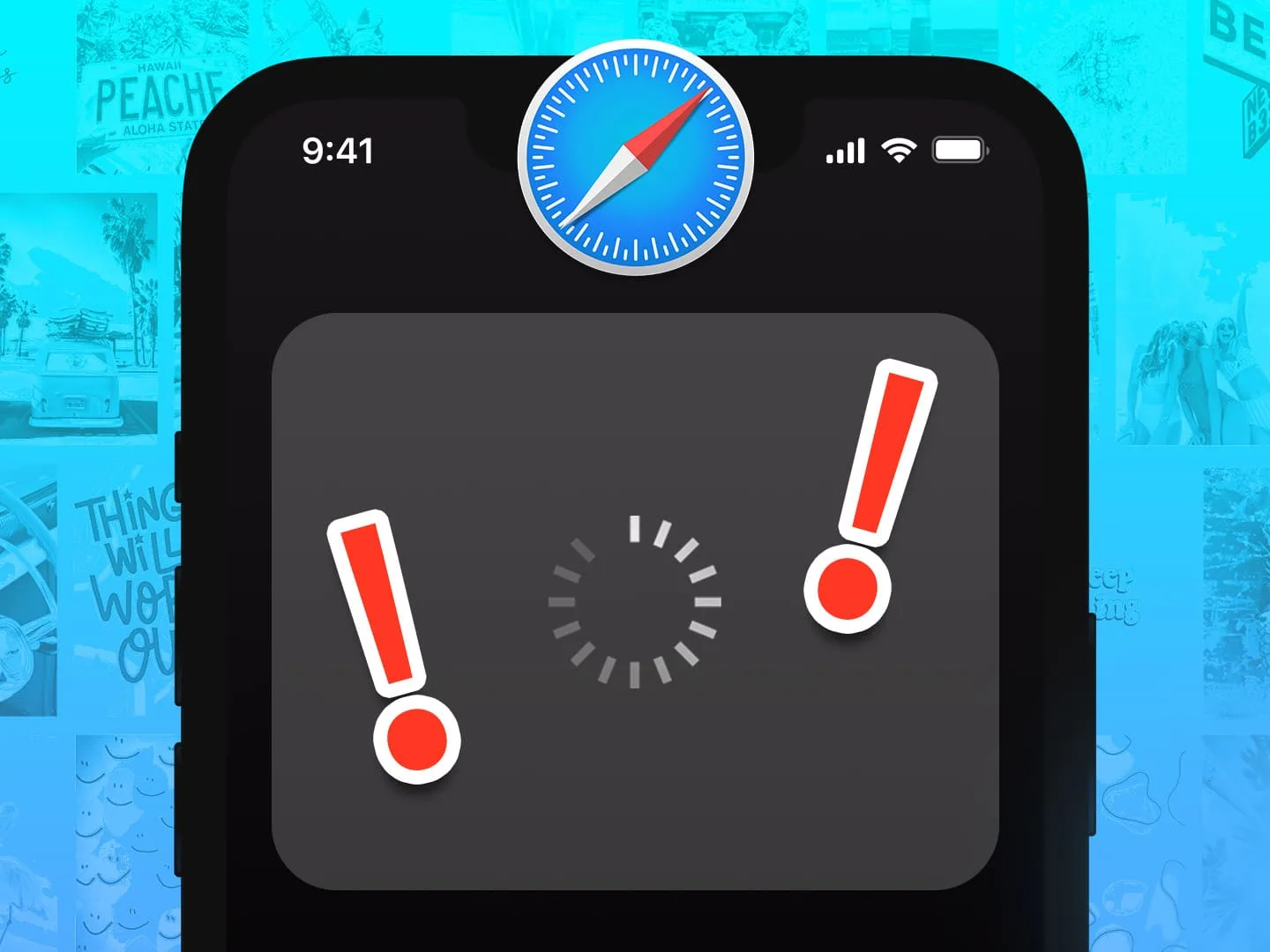
Why is Safari Not Opening Websites On iPhone?
There can be several reasons why Safari is not opening websites on an iPhone. Here are some possible causes and solutions:
1. Poor or no internet connection:
– Check if your iPhone is connected to Wi-Fi or cellular data.
– Make sure the signal strength is strong enough for internet access.
– Try turning Wi-Fi off and on again or toggle cellular data on and off.
2. Safari settings:
– Check if Safari is restricted by parental controls or other settings.
– Go to Settings > Screen Time > Content & Privacy Restrictions > Allowed Apps and make sure Safari is enabled.
– Clear Safari cache and website data by going to Settings > Safari > Clear History and Website Data.
3. Outdated Safari or iOS version:
– Update your iPhone to the latest iOS version available.
– Open the App Store and update Safari if an update is available.
– Updating the software can often resolve compatibility issues and improve performance.
4. Safari extensions or plugins:
– Disable any Safari extensions or plugins that might be causing conflicts.
– Go to Settings > Safari > Extensions and turn off any enabled extensions.
5. Website or server issues:
– Try visiting different websites to see if the problem persists.
– If only certain websites are not opening, the issue may lie with the website or its server.
– Contact the website administrator or try accessing the site from a different device.
6. Full storage capacity:
– Insufficient storage space on your iPhone can cause various issues, including problems with Safari.
– Check your storage capacity by going to Settings > General > iPhone Storage.
– Delete unnecessary files, apps, or photos to free up storage space.
7. Reset network settings:
– Resetting network settings can help resolve network-related issues.
– Go to Settings > General > Reset > Reset Network Settings.
– Note that this will remove saved Wi-Fi passwords and other network-related settings.
If none of these solutions work, you may consider contacting Apple Support or visiting an Apple Store for further assistance.
How Do You Fix Safari Not Loading Web Pages?
To fix Safari not loading web pages on your iPhone or iPad, you can follow these steps:
1. Reload the page: Sometimes, a simple reload can resolve the issue. Tap the refresh button or swipe down on the screen to refresh the page.
2. Install software updates and restart: Ensure that your device is updated with the latest iOS version. Go to Settings > General > Software Update to check for updates. After updating, restart your device and try loading web pages again.
3. Check Safari extensions: Disable any Safari extensions that you may have installed. Go to Settings > Safari > Extensions and toggle off any extensions that are enabled. Then, try accessing web pages again.
4. Test with a private window: Open a private browsing window in Safari by tapping on the tab switcher icon at the bottom right corner and selecting “Private”. If web pages load fine in the private window, it could indicate a problem with your cache or cookies. Clearing them might help.
5. Check Safari settings: Go to Settings > Safari and ensure that JavaScript and Cookies are enabled. Also, check if any content blockers are enabled and disable them temporarily to see if it resolves the issue.
6. Check iCloud Private Relay: If you are using iCloud Private Relay, it may affect your browsing experience. Go to Settings > [Your Name] > iCloud > Private Relay and toggle it off. Then, try loading web pages again.
7. Check VPN or other security software: If you are using a VPN or any other security software, disable it temporarily to see if it is causing the problem.
8. Check network settings: Go to Settings > Wi-Fi or Cellular and ensure that you are connected to a stable network. Try connecting to a different network to see if the issue persists.
If none of these steps resolve the problem, you may need to contact Apple Support or consult with a professional technician for further assistance.
Conclusion
Safari is a widely used web browser that provides a seamless browsing experience for Mac, iPhone, and iPad users. However, encountering the “Safari Can’t Open the Page” error can be frustrating and hinder your internet browsing activities.
To resolve this issue, it is essential to first check your internet connection and ensure it is active and enabled. If you find that your device is disconnected from the internet, you will need to establish a stable connection before attempting to use Safari again.
Additionally, reloading the page, installing software updates, and restarting your device can help resolve any temporary glitches or bugs that may be causing the error. It is also worth checking for any Safari extensions that could be interfering with your browsing experience and disabling them if necessary.
Testing Safari in a private window can help determine if the issue is related to your browsing history or cache. If the error persists, checking your Safari settings, iCloud Private Relay, VPN, or other security software settings is recommended. It is also worth checking your network settings to ensure they are configured correctly.
By following these troubleshooting steps, you can overcome the “Safari Can’t Open the Page” error and continue enjoying a smooth and uninterrupted browsing experience with Safari.

